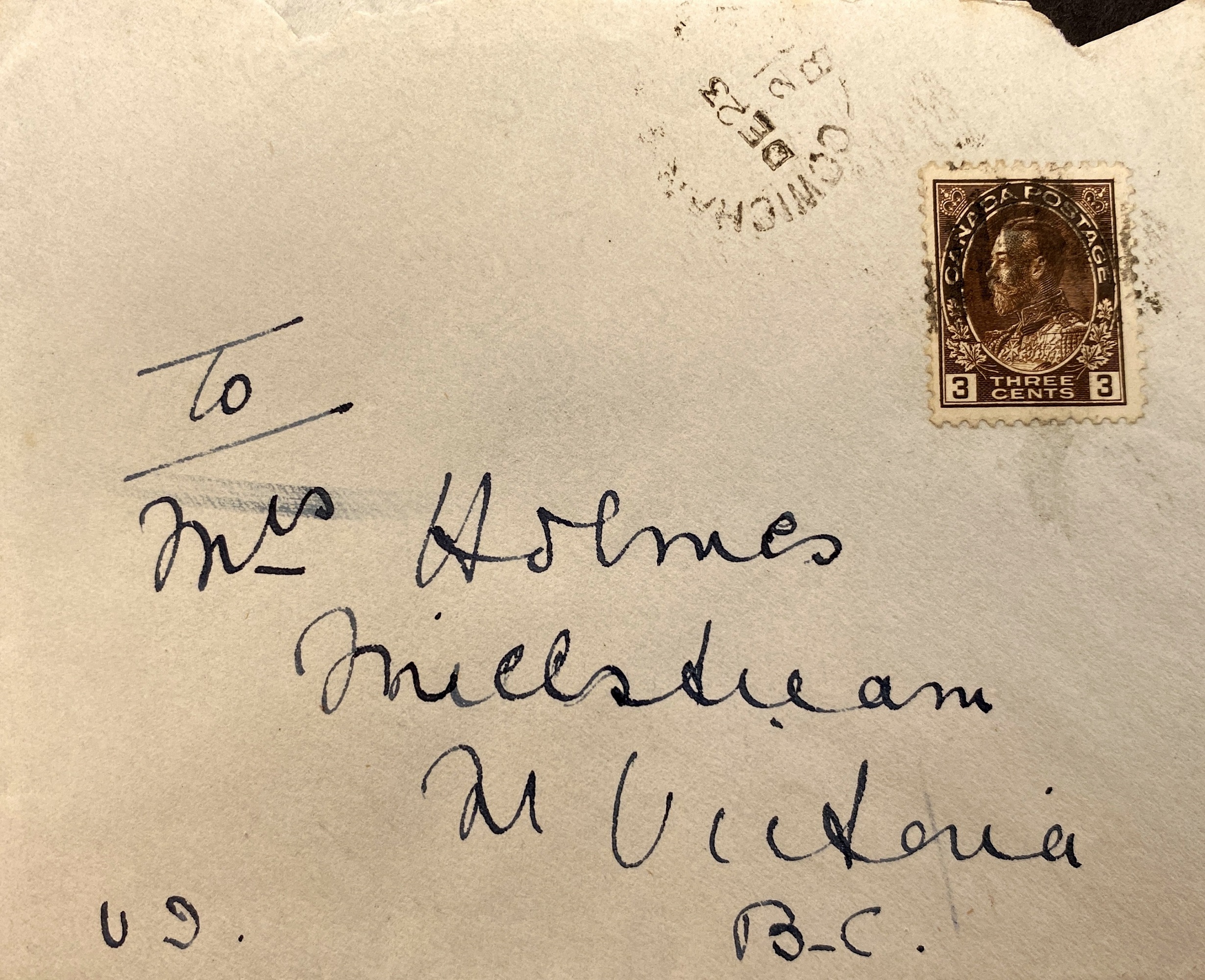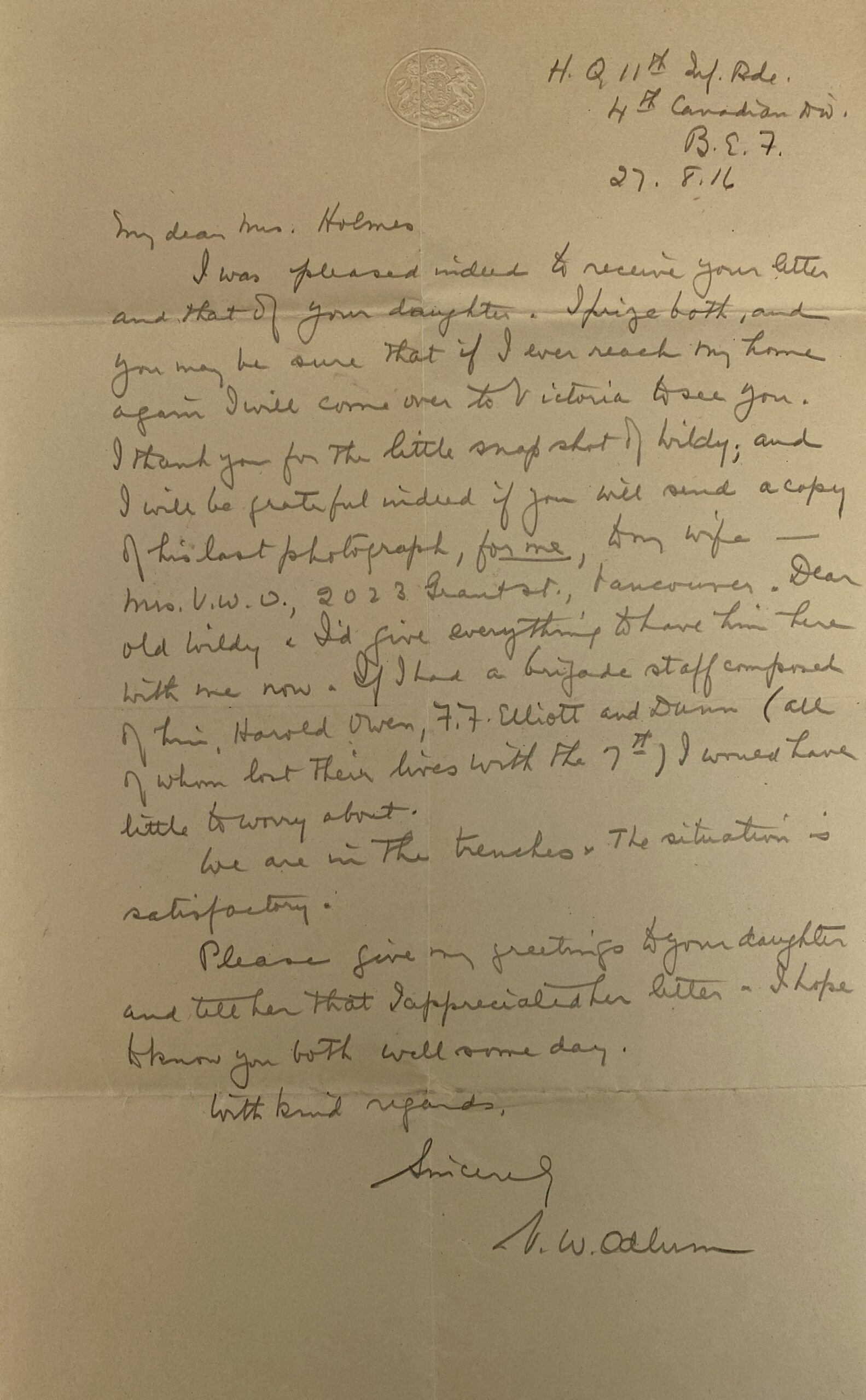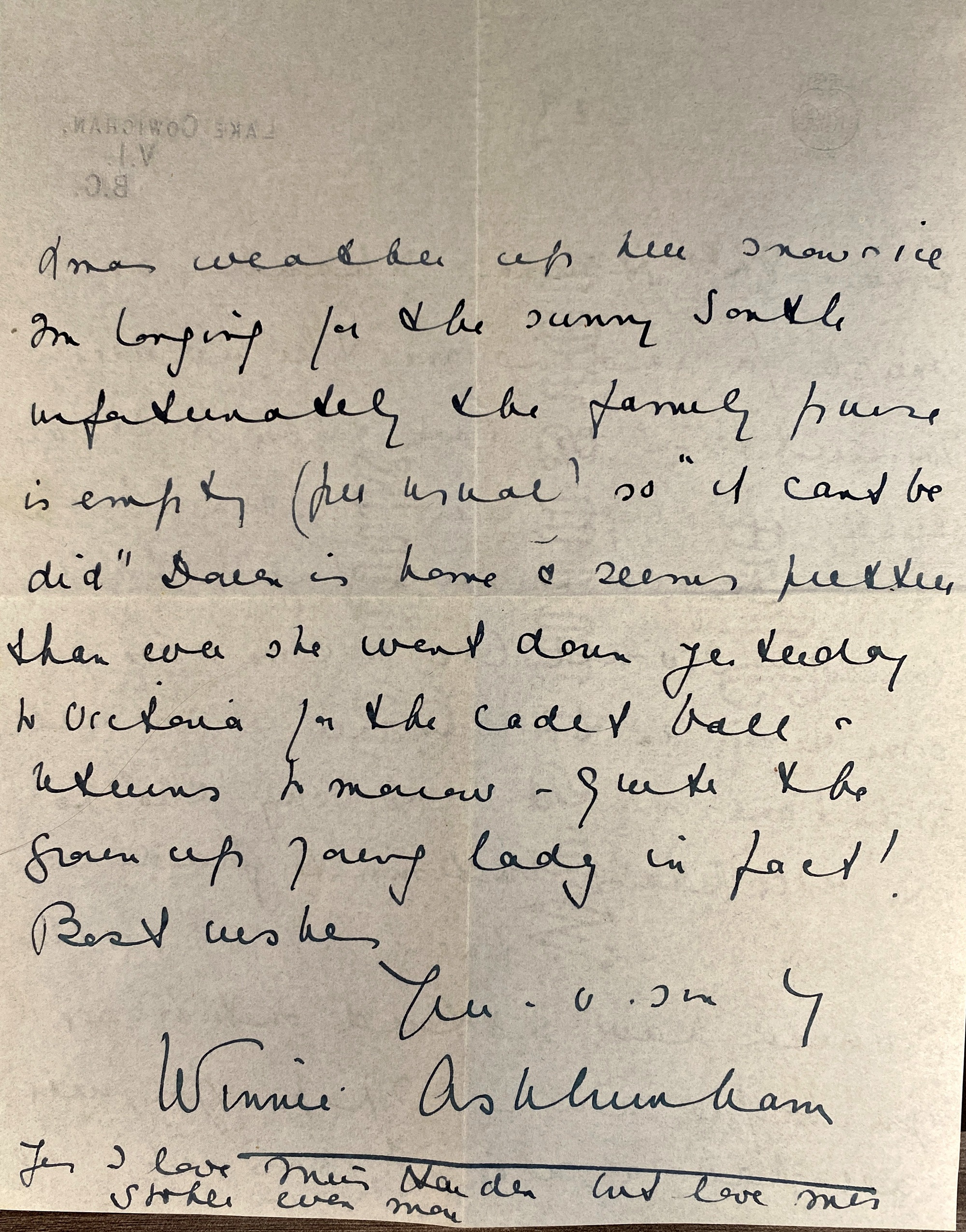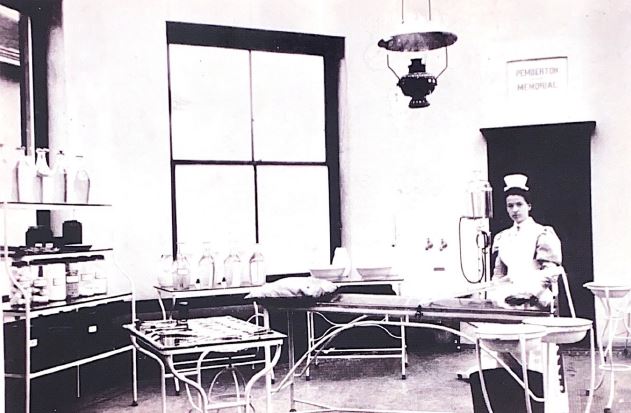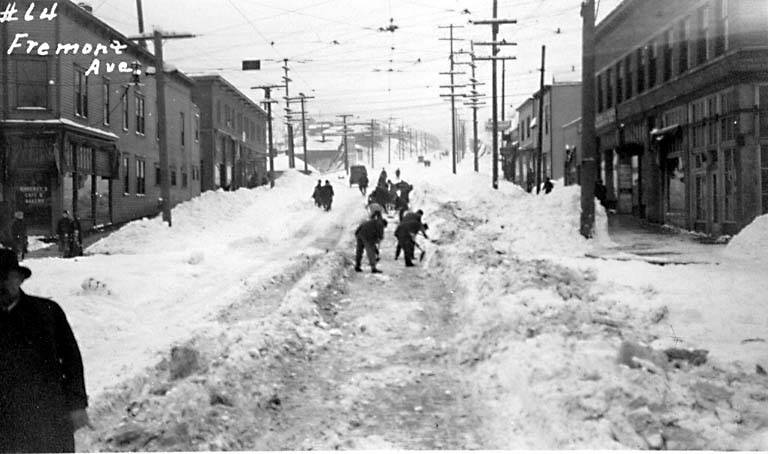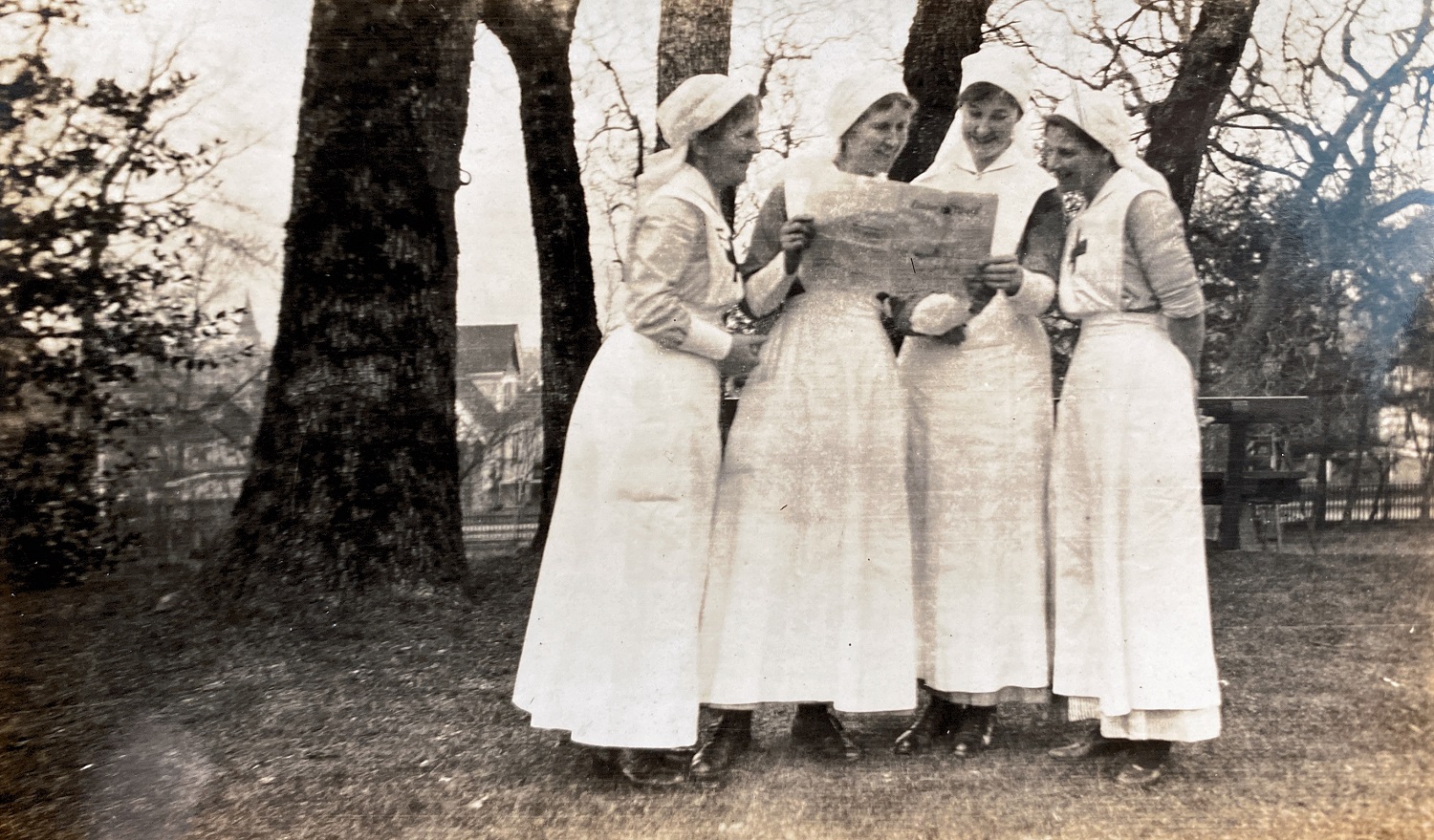As our logo says, Pemberton Holmes was established in 1887. This date has given the family-run company time to not only amass an extensive history, but also to grow an archive of materials that go along with that history. In the spirit of remembrance this November, we will be pulling out a few items from our archives to take a closer look at the lives and losses of those before us in this three-part article series.
Over the past year and a half, the concept of connection and communication with our loved ones has shifted drastically. While technology has helped us bridge the gap of distance, whether small or large, it still leaves a bit to be desired. And with the novelty of video chat meetings wearing off, we can’t help but turn our mind to our loved ones of the past, and their more classic methods of staying connected. We are of course referring to the ever-loved art of letter writing.
While this practice has existed as long as writing has, the introduction of the Canadian Mail Corps was not until 1911 and was created specifically to handle military correspondence. By the first world war during 1915 alone, over eight million letters were sent from Canada to the four hundred thousand soldiers overseas, and at least four million were sent back (Macleans, 2018). As Philippa (née Pemberton) Holmes’ eventual brother-in-law Lancelot de Sausmarez Duke puts it “One can’t imagine how really lovely it is to get a letter, it is the only thing to live for here.”
Of these millions of letters sent, our own archives hold 2 letters sent to Philippa (née Pemberton) Holmes from two family friends, as seen below. While some parts have proven difficult to decipher, the general content of each letter demonstrates the longing and joy they shared in sending and receiving correspondence. An optimism that certainly has solidified our own interest in penning a letter to a loved one, post haste.
While the photos above can be found within our own archives, an amazing project, called the Canadian Letters and Images project began in 2000 that allows access to an extensive database of wartime letters. This project “…is an online archive of the Canadian war experience, from any war, home front and battlefront, as told through the letters and images of Canadians themselves.” Check out their website here, where you can search for letters to and from members of your own family, donate, or even submit letters of your own.

